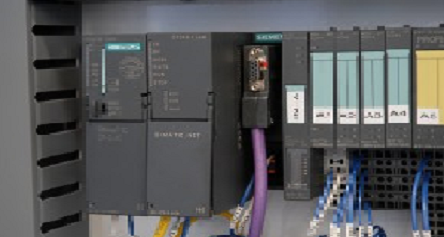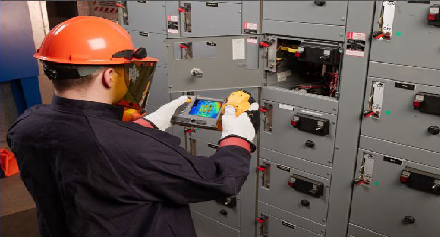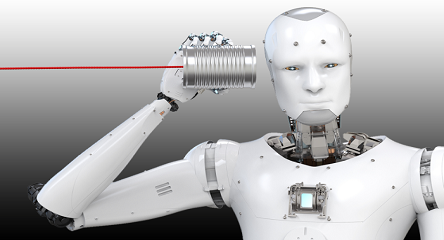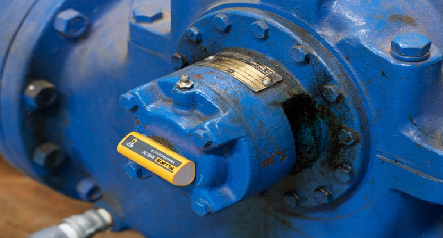As wireless sensor are starting to become mainstream in the condition monitoring world, there are now many more choices to consider when selecting a system to fit your needs. This tip aims to look at the key features that will impact your decision. When purchasing your next wireless system, quiz your supplier using the information below.
Data Captured
Not all wireless sensors are created equal. Some will only capture an OA, or Overall Value, which is a single number indicative of the amount of vibration measured at the sensor. OA is useful for detecting certain types of faults, but it will not always assist in diagnosing the problem, or inform the user of how severe the potential issue is.
The good news is that there are a lot of sensors on the market that capture a full time waveform, TWF. This waveform can be transformed into a spectrum revealing the energy associated with the underlying frequencies. Using both a TWF and Spectrum is a reliable tool for diagnosing faults.
One step better is a sensor that will capture both an OA value regularly, and a TWF periodically – ensuring both a timely and informative strategy.
Fmax
This is the maximum frequency your sensor will capture, higher values allow for detecting faults on higher speed machines, or on very low speed machines (providing the sample window is sufficient). The general rule of thumb is Fmax = 70 x Running Speed. As the vast majority of wireless sensors are tri-axial, you should ensure you are aware of the Fmax for each axis, as you may only need a high Fmax reading in one axis.
Installation and Maintenance
Ease of installation is a huge area for wireless sensors. Does the sensor and gateway come pre-linked? How do you connect a new sensor to a gateway? Can you easily swap a sensor should one need replaced? Ask your supplier to show you a typical installation so you understand the time involved.
Wireless Technology & Range
There are numerous wireless technologies available, but make sure you are aware of the pros and cons of each before choosing your supplier. WiFi and Bluetooth (both 2.4GHz) are very common and easy for most to understand, but their range can be limited when used in an industrial environment, furthermore, some factories control their entire plant using 2.4GHz and will simply not allow the addition of more transmitters on that frequency.
Other technologies such as LoRa and ISM will utilise sub-1GHz bands and will not interfere with existing equipment. They also benefit from better propagation through certain materials due to their lower frequency, meaning better range for similar battery life – with less existing equipment on this band, it will trouble IT teams much less.
Battery
There’s no point having a wireless sensor if it’s powered via cables – thus most, if not all, wireless sensors are battery powered. You will find two key options, non-replaceable and replaceable.
Non-replaceable batteries will benefit when it comes to ingress protection and intrinsic safety. As the sensor will not be user serviceable, it greatly increases robustness.
Replaceable batteries increase the useable life of the sensor – but be aware of misleading claims from manufacturers quoted battery life, as it can typically only be achieved when the sensor is in a low power state and limited use mode – ask your sensor supplier for the true battery life for your given application. The more times you have to replace a battery, the greater cost to you, mostly for the time it takes to replace (on average $100 per sensor), so higher battery life is better, even for replaceable battery.







What are the measures on deciding where CBM of assets would be effective?
Great points…all wireless sensors are not created equally. Other considerations like sample rate, dynamic range, lines of resolution, maximum effective range, temperature operating limits, and more should also be considered. Also understanding is the data yours is quite important…with cloud computing and AI becoming more available many vendors are encrypting their databases and the users data thus handcuffing the user to that vendor. Also do the sensors have the ability to communicate by modbus? Or connect to other systems via an API or development kit? If you are looking for the right balance of all the above…vendor disclosure ERBESSD-INSTRUMENTS delivers… Read more »